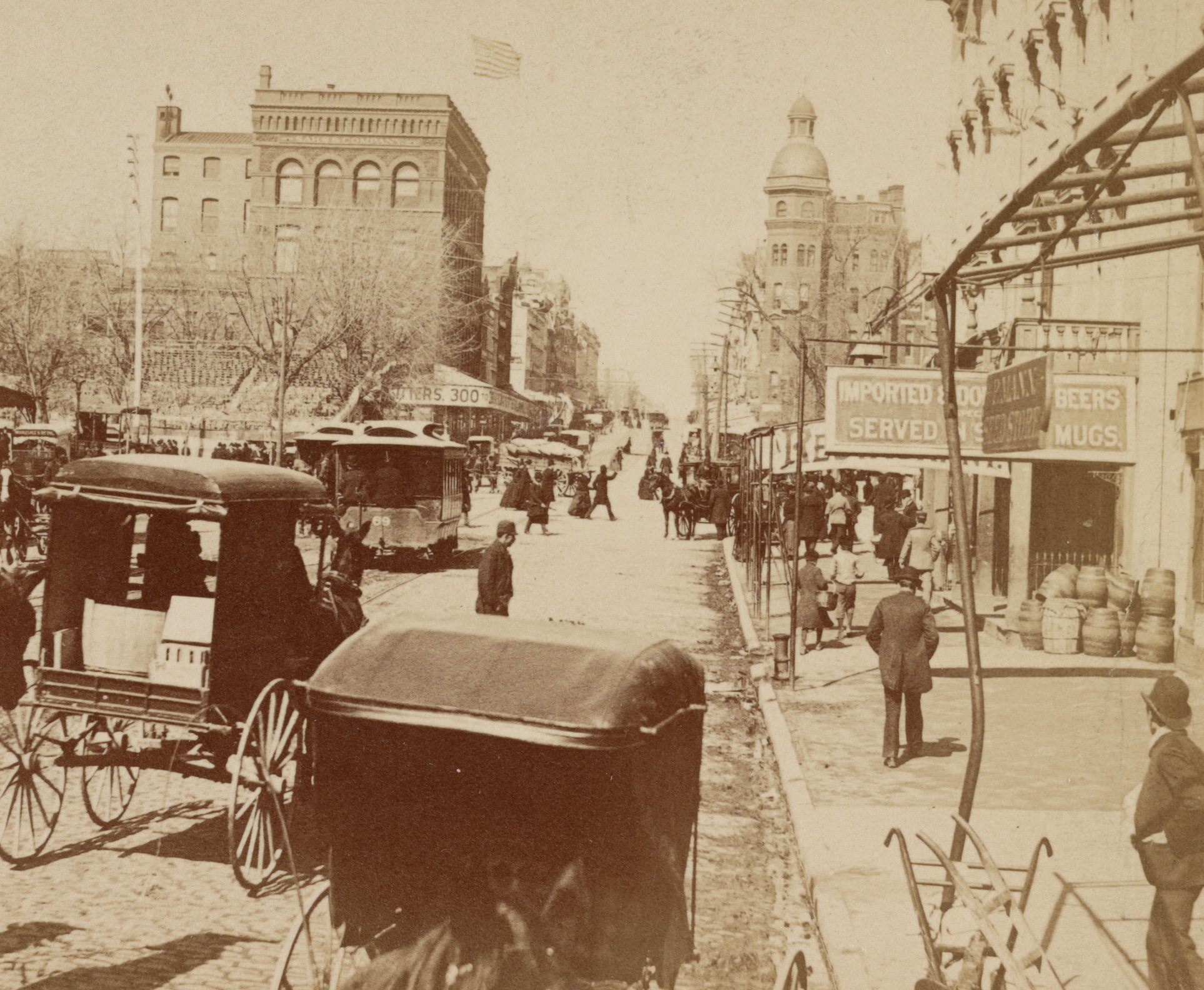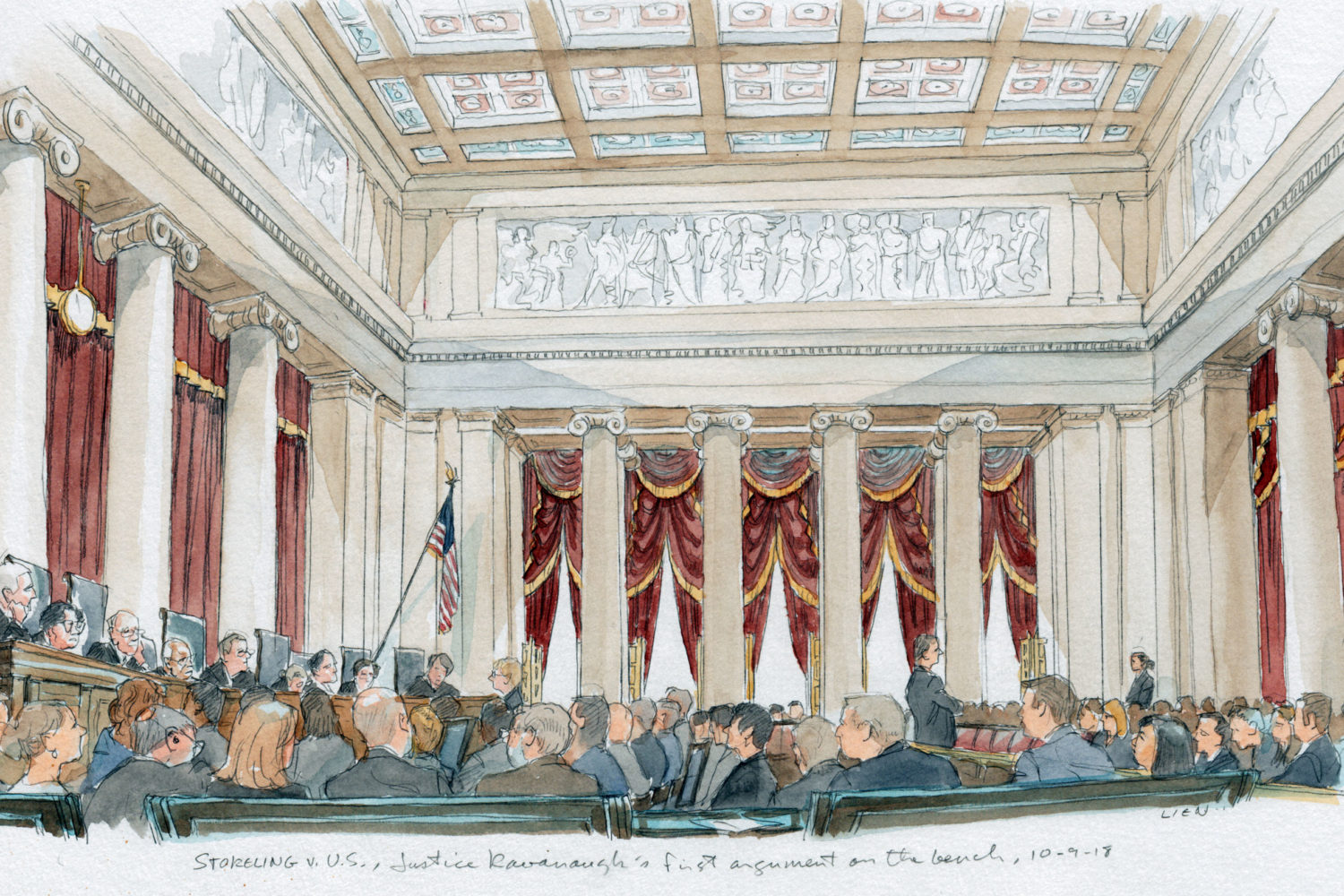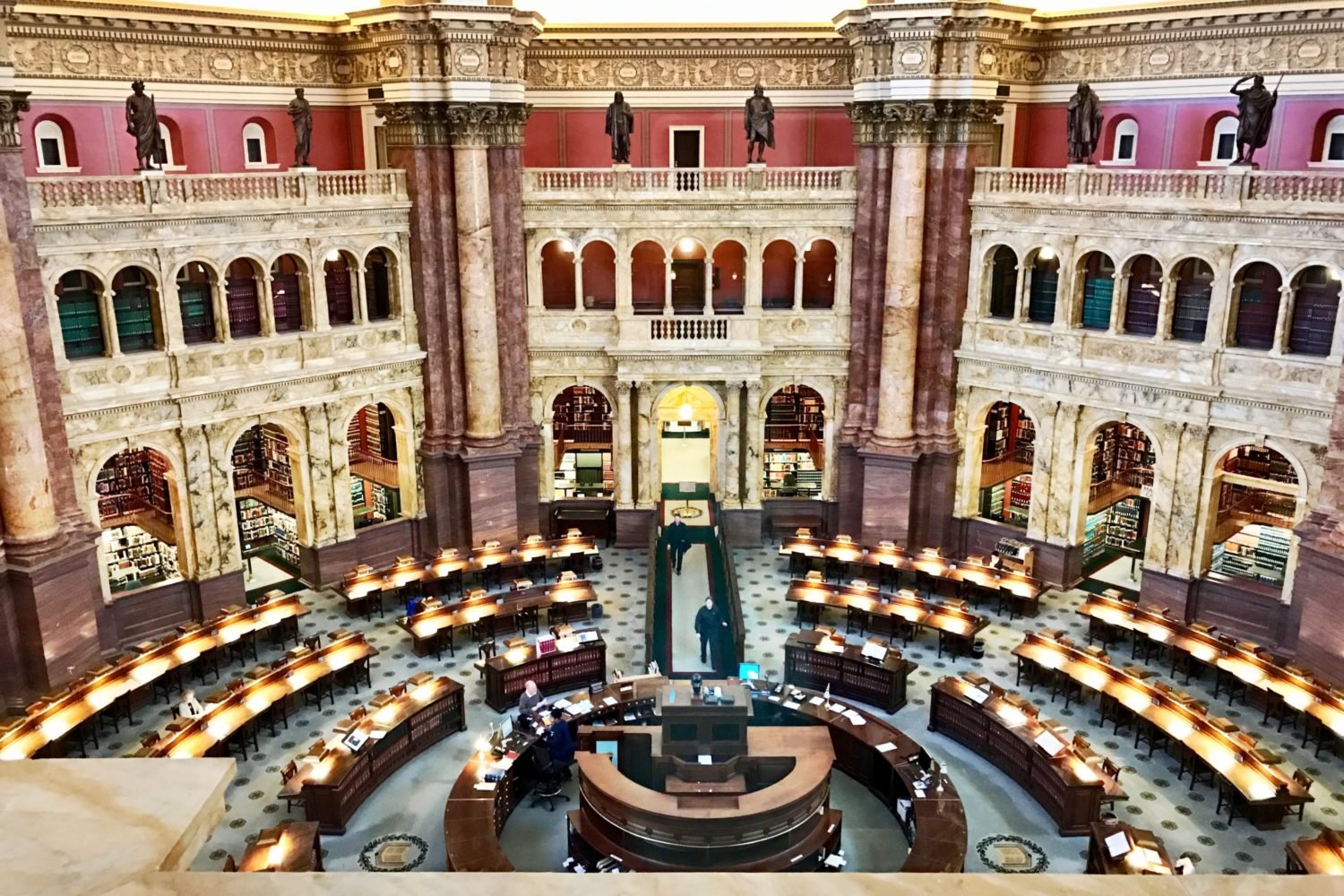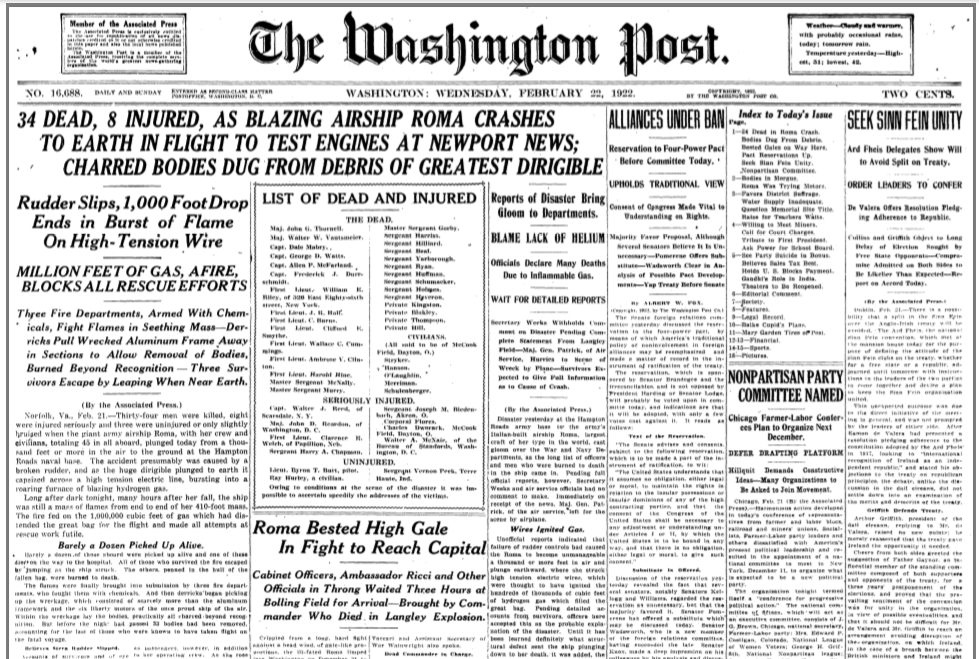It’s the year 2023. A full 90 percent of government workers have packed up. What happens to Washington now?
One way to find out is to crack the history books and flip to the 1880s. Back then, the civilians on Uncle Sam’s payroll in DC numbered around 14,000—just 8 percent of the population, compared with the 25 percent of the Washington workforce today who are federal workers or contractors.
Governor Alexander “Boss” Shepherd had filled in Pierre L’Enfant’s century-old blueprint and turned the District into a modern metropolis. Gone was the mosquito-infested city of the pre–Civil War era. In its place were paved streets, a sewer system, and some 64,000 trees. A growing professional class—doctors, lawyers, dentists—took horse-drawn streetcars to shop at Eastern Market. New restaurants and bakeries served the growing population (a 19th-century version of our current dining renaissance, you might say).
Make no mistake—Washington was a company town. But now it had a new class of people, too. They came from factory towns like Albany and Scranton, from the department-store cities of the Midwest, from the riverbeds of gold-struck California. They were the country’s nouveau riche, who’d read about this modernized capital with clean air and fancied it a fine place for a second home—as well as a place to cultivate influence.
“In their cities,” says Jane Levey, historian at the Historical Society of Washington, D.C., “they didn’t have social standing.” In Philadelphia or New York, the power clubs were accessible to just the old-money crowd. In brand-new Washington, you could not only climb the social ladder—you could scale it.
Take Washington McLean, an Ohio steamboat magnate. His son, John—who Henry Adams felt represented “the cheaper, fatter, commoner measure of the Cincinnati regime”—married DC blue-blood Emily Beale and anointed himself a member of high society and Emily doyenne of Washington’s social circuit. At their McPherson Square mansion, she greeted guests from one of her high-backed Italian chairs.
In the turreted homes of Dupont Circle, congressmen drank and danced with the wives of millionaires, and titans of industry such as Andrew Carnegie and George Pullman worked the room pressing matters related to their businesses. These industry-men-turned-lobbyists had no intention of setting up branches of business in Washington—they were here purely to advance their interests back home, to which they’d flee at winter’s end.
It’s an unnerving image: Devoid of our modern, federal-sector middle class, would a divested DC of 2023 likewise become little more than a proving ground for the rich and influence-seeking?
This article appears in the July 2017 issue of Washingtonian.



















